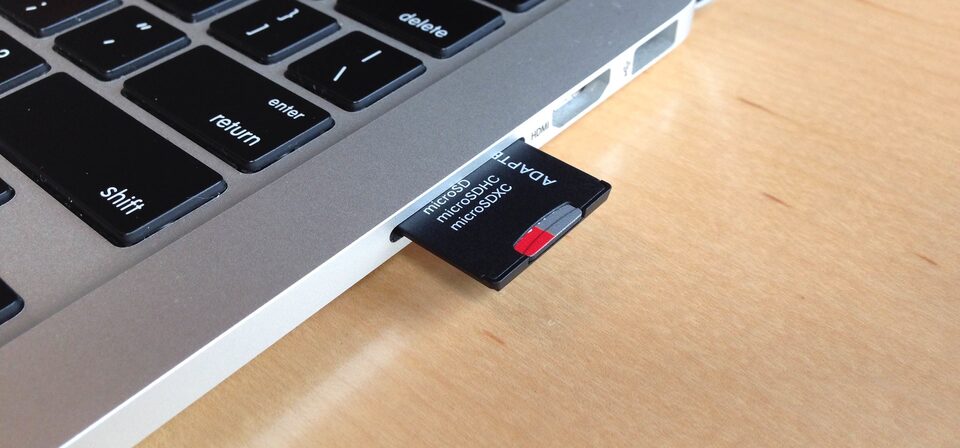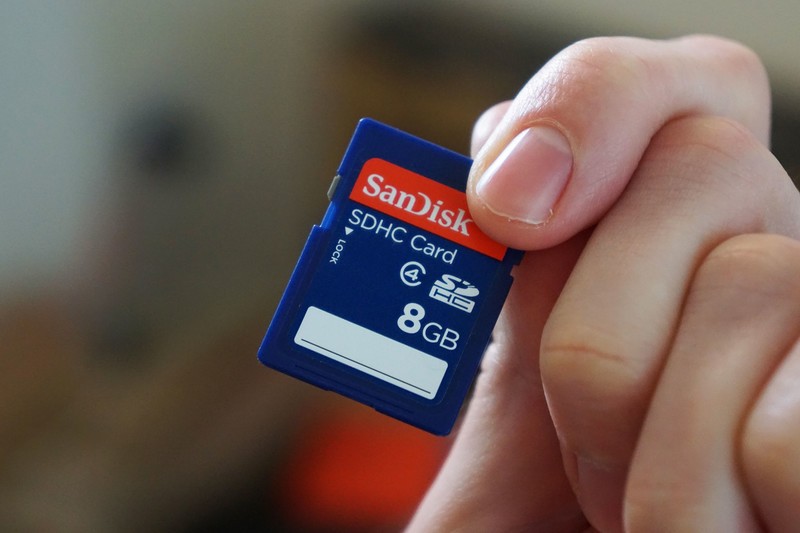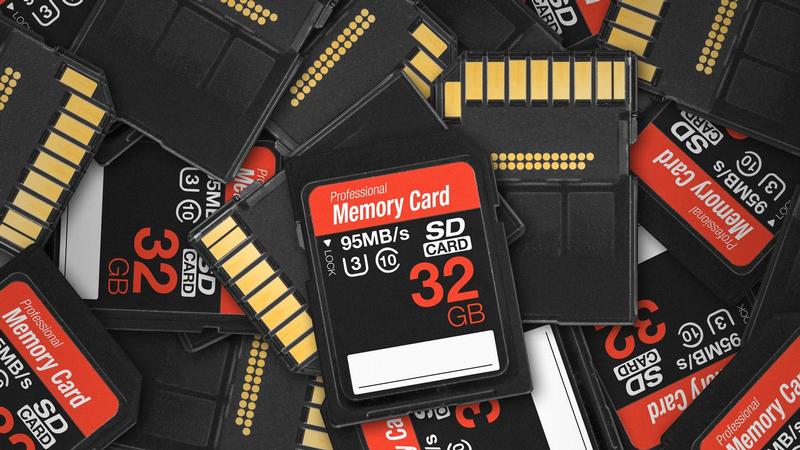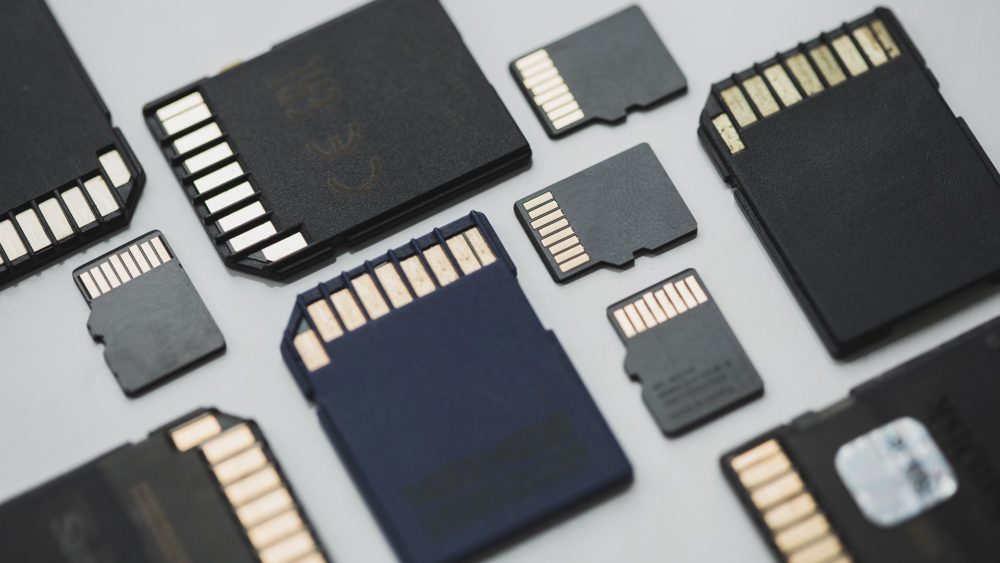SD cards may be tiny but they are indispensable for most of today’s devices. Digital cameras, smartphones, game consoles, tablets, and many more have the use of SD cards since they offer greater storage capacity.
But SD cards aren’t perfect, and they are quite prone to be damaged. The common causes for an SD card to go bust are many, to say the least.
All of the causes are frustrating problems since each and every one of them can make it difficult for us to obtain the data written on the card.
Common SD Card Corruptions
As we mentioned, there are dozens of reasons as to why your SD card would cease to work. If we disregard any damage sustained by impact, then we can safely say that viruses, bad removal, interrupted data transfers, etc, are some of the reasons why the memory card would die. Below, we will explain some of the clear and obvious signs that point out the death of it.
If the SD card suddenly shows up empty, with no written files on such as photos
If the SD card starts processing information very slowly
If the camera shows you a black screen while the card is inside
If Windows asks you to format it
If the card doesn’t appear at all in Windows – as a removal disk
If the SD card isn’t recognized by your operating system
There are some of the signs that show towards a corrupt or broken memory card. If this happens to you, then you’re in good fortune as we have a couple of fixes for you.
1. Change the Connection Between the Card and Your PC

The first fix you can do is simply change the medium that connects your card and your PC. The two widely used mediums are a card reads and an adapter, however, you can always try and put the medium in question to another USB port. Sometimes, the problem isn’t the card not the reader, but the USB ports on your PC.
If that doesn’t solve the problem, however, you can always try to reconnect a couple of times, restart your computer, and even try it on another device. The fix to this problem, however, can sometimes come in the form of new hardware. If you have a friend that has an adapter, or an SD card reader, then make sure to try it there to be sure about it.
If this doesn’t help, then you might need to use 3rd party software.
2. Run an Online Recovery Tool
Online recovery tools are always a great way to recover data from dead SD cards. These tools are easy to use, easy to navigate through, and require simple tasks that can easily be followed through.
One such recovery tool is the online tool from uncutdata.com. This tool lets you do a comprehensive recovery straight from your browser! You don’t need to download anything to use this tool.
With multiple scan modes and high security, this tool helps you easily recover data lost through various means. So if you’re looking for a safe way to recover data, make sure to visit uncutdata.com.
3. Change the Drives’ Letter

Your SD card acts as a drive since it is a device that holds memory. Because of this, it will be recognized by your operating system and have a letter assigned to it. For example, the drive that holds your operating system (in Windows) always has the letter ‘C’ assigned to it.
Your second drive, or second patrician, will be assigned the letters ‘D’ or ‘F’. You should always make sure that your SD card doesn’t have eighter of these letters, and if it does, all you have to do is simply change the letter.
Doing so would make sure that your memory device appears in ‘My Computer’. To do that, however, you have to do the following:
Step 1:
Navigate to your PC’s Disk Management section by pressing ‘Win + X’ on your keyboard. Once you’ve done that, simply find ‘Disk Management’.
Step 2:
From the window, locate your device, right-click on it, and navigate towards ‘Change Device Letter and Paths…’
Step 3:
Next, click ‘Add’ and then assign a new letter to your drive. Finish up by pressing ‘OK’ to save all the changes you’ve made.
4. Check the Bad Sectors

This fix is probably the most complicated one, and we’re not so sure everyone could follow through. This fix requires you to use Windows’s cmd. If you’re not familiar with cmd, or have no idea how to open it, simply press ‘Win + (type) cmd’.
We do this because an SD card has a limited lifespan, and bad sectors usually shorten it. So one way to check for corrupt or bad sectors is to run ‘Chkdsk cmd’.
Step 1:
We start off by plugging eighter your SD card reader or adapter into one of your USB ports in your PC
Step 2:
Run ‘cmd’ by pressing ‘Win + cmd’
Step 3:
You need to know the letter of your drive, we mentioned that earlier. As an example, we’ll take the letter H
Step 4:
Once in cmd, type the following: chkdsk/X /(drive letter)h:. So if your drive has the letter H assigned to it, it would be the following: chkdsk /X /h:.
It would usually take a couple of minutes for Windows to start performing the bad sector checkup, so make sure not to close cmd.
If there are any bad sectors, the following message will appear” Windows has made a correction to the file system”.
What this means is that the damaged SD card bad sectors have been repaired, meaning your data can be browsed again and your SD card operational.
If following through these steps is hard for you, then using 3rd party software is usually the best way to do it. Apart from being user-friendly, this software tell you exactly what you need to do to eighter recover or try to repair your damaged SD card.





